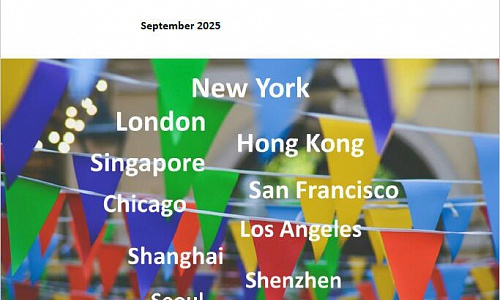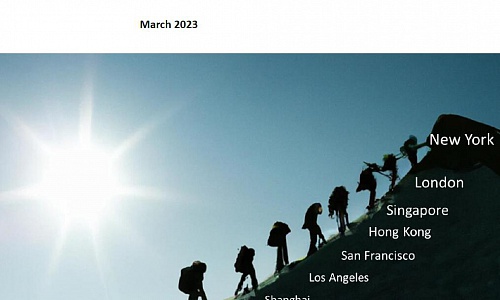 Author: Guo Wanda, Executive Vice President, CDI
Author: Guo Wanda, Executive Vice President, CDI
Editor’s Note: In the midst of the major historic opportunity presented by the establishment of the Guangdong-Hong Kong-Macao Bay Area, Shenzhen should strive to carry out development concept featuring openness, coordination, innovation and low-carbon economy, and actively integrate into the greater Bay Area.
As one of China's earliest and most successful special economic zones in China, Shenzhen is at the forefront of the country's reform and opening-up efforts. After 37 years of expansion, Shenzhen has cemented a certain position within the global industrial production system and it has become one of China's primary cities in foreign economics and trade as a considerable number of its enterprises have “gone abroad”. With the Guangdong-Hong Kong-Macao Bay Area launching, Shenzhen could form a partnership of industry distribution and city functions with other cities in the region.
The difference between the eastern and western parts of the Pearl River Delta has been widening, which greatly hampers the general growth of the area. Cooperation between cities from the eastern and western shores of the Pearl River needs to be improved with limitations in land resources and environment capacity in cities on the eastern shore. Following the construction of key infrastructure facilities like the Hong Kong-Zhuhai-Macao Bridge and the Shenzhen-Zhongshan Corridor, the connectivity between the eastern and western sides of the mouth of the Pearl River will be better. Consequently, Shenzhen will be positioned as a hub in the three city clusters of Shenzhen-Dongguan-Huizhou, Zhuhai-Zhongshan-Jiangmen, and Guangzhou-Foshan-Zhaoqing, and function as a crucial node among the three free trade zones on the two coasts of the mouth of the Pearl River. This will enable Shenzhen to obtain a larger market and a bigger influence within the Bay Area.
The Guangdong-Hong Kong-Macao Bay Area is an important center for science and technology industries, financial services sector, maritime logistics and manufacturing. It is able to fully conduct the innovation ranging from ideas, fund-raising, research and development to production and industrialization. A group of world-leading enterprises has already emerged from Shenzhen including Huawei, Tencent, ZTE, BYD, BGI Genomics and DJI, and the number of PCT international patents applications from these companies account for half of national total. In terms of innovations in policy, industry and system, Shenzhen has made explorations and accumulated experiences that can serve the whole country, for instance, deployments in strategic emerging industries and future industries, establishment of science and technology funds and governmental supports schemes, and implementation of human resources policies such as "Peacock Plan," talents accommodation program, housing and rental subsidy policy and start-up assistance for students studying abroad. These reforms and measures are valuable reference for the rest of the Bay Area.
Guangdong, Hong Kong and Macao have proposed to jointly build a world-class city cluster that is green and hospitable, so as to provide their residents with a clean, comfortable, efficient, and quality living environment and enhance the overall competitiveness of the greater Pearl River Delta. Shenzhen should incorporate low-carbon concept into urban planning, industry policies, construction facilities and transportation, and seek to establish incentive schemes and policy systems conducive to the sustainable development of the greater Bay Area.








